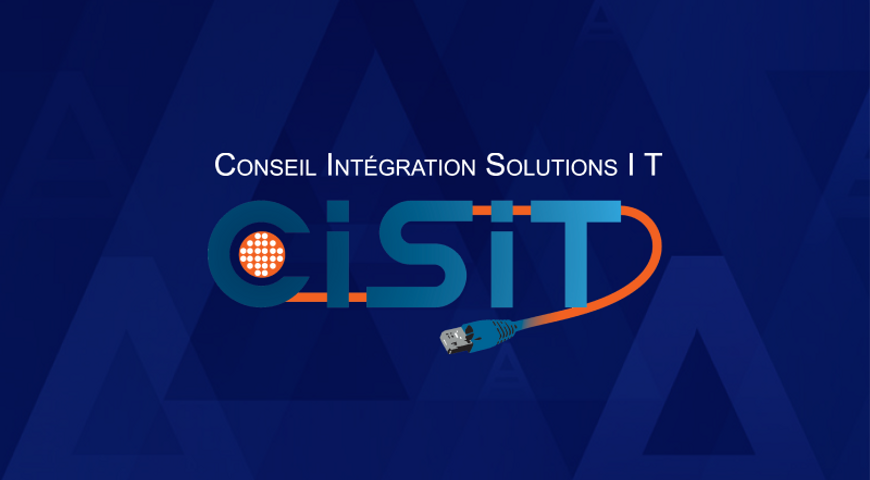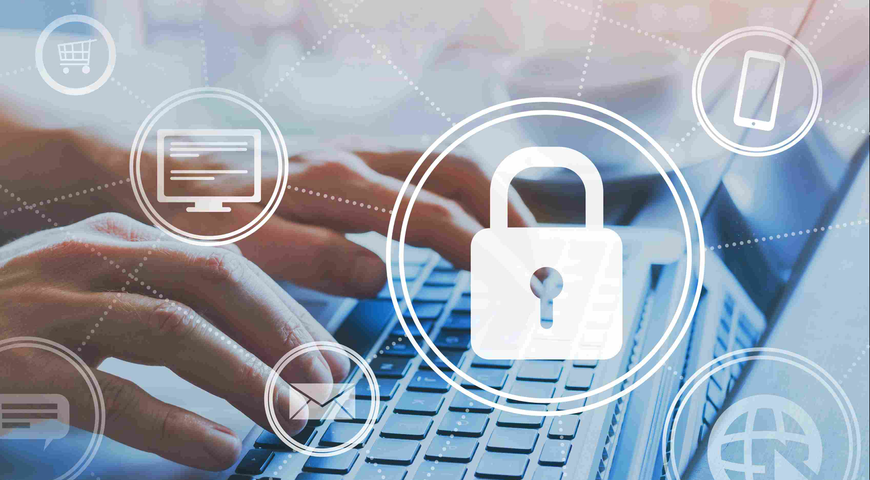Time is money.
There are many considerations to be taken into account when it comes to productivity, but the most important are measurement of individual activity (such as time spent selling to customers) and total cost of ownership (TCO). But today, I’d like to focus on employee satisfaction that can derive from a simple but secure BYOD policy and how that affects your company’s productivity -- and ultimately your bottom line -- in a very positive manner.
As a mother of four grown children, I’ve often wondered how I managed my full time job before I had a laptop and a smart phone; let alone a BYOD policy that I enjoy at Acronis! This policy enables me to securely access email and corporate files, as well as annotate, sync, and share them in a collaborative way with my colleagues and partners.
Let’s start with location. I can be at home, in a hotel room, on a train, delayed in an airport, in a traffic jam or even on holiday. No matter where I am, I can use my smartphone or iPad to make the best use of my time, all in a fast and smart manner.
A typical day for me that will resonate with many of you goes like this: Most mornings (and often at weekends), I’m online at 7am. While I’m drinking my tea, I check email from my iPhone, both personal and work. This enables me to sift out the most important emails that I need to respond to, delete all the spam, and prioritize my day. I can switch to my iPad to access urgent marketing projects that need to be worked on, update them, and share them with the team. It enables me to work for a couple of hours and drive to the Paris office outside of peak periods when I don’t have an early morning meeting to attend. For example, if I leave at 7 AM, I might get to the office at 9 AM. If I leave at 9 AM, I arrive at the office at 9:30 AM. Same in the evening - if I leave at 4 PM, I get home at 4:30 PM enabling me to do my conference calls and finish my day. If I were to leave at 5 PM, I would get home at 7 PM. That’s a 3-hour savings per day!
While I’m at it, I look at my network (mainly LinkedIn and Twitter for professional purposes), I pick up the most compelling news (my company’s news, birthdays, job changes, breaking industry news and fun readable stuff from colleagues) and share. You will note that every time somebody finds your news interesting you suddenly get new followers. This is free advertising for your company (and for yourself!).
Now look around you. Especially when you take public transport to go to work, observe how many people are playing games like Candy Crush, watching films, texting or Facebooking their friends. What if the benefits of using their devices for work were explained to them, highlighting the fact that they can get their jobs done quickly and securely by using their mobile devices so that they can work smarter and over-achieve their goals? For them, being able to choose how and where they work will be a very strong motivational force, and productivity will come with it.
Now let’s discuss some of the challenges. Many companies won’t even consider giving their employees access to their corporate data via personal mobile devices, let alone corporate-owned devices.* Why is that? Because they don’t think it’s safe and they ignore the fact that today there are several solutions to address security and compliancy depending on the industry sector, whilst securing the employees’ personal data and devices. Another challenge is that some employees think “this is my device and solely devoted to my personal stuff and I’m paying for it.” To address this, employers should think about subsidizing the employees’ mobile device costs so that it becomes a win-win scenario for both parties.
In fact, Gartner recently ran a survey where one question was: “would you rather pay $500K for 1000 enterprise owned devices or 2,745 user owned devices?” Without a stipend, the survey indicated that direct costs of user owned tablets are 64% lower. With stipend and indirect costs, user-owned tablets are 9% lower. However, I would question, if a motivated employee with clear goals and objectives understands the benefits of using their own devices to over achieve their goals resulting in a fatter bonus, should they really care about who pays?
A simple exercise to measure productivity of a BYOD policy should be based on device costs, number of devices needed and the cost of software, support and services. Start your BYOD project with a number of employees who are willing and motivated to use their own devices. Then measure individual productivity per head KPI’s (such as location, salary level, number of sales transactions, projects completed, speed to respond to customers, revenue generated, etc.) against a group who are not using their own devices. True productivity isn’t measured by the number of hours an employee works but their completed deliverables in a given day, week, month, quarter and year speak volumes. You want employees to be self-starters who take pride in what they achieve and deliverable tracking helps achieve that.
You will be surprised at the outcome.
*Note, some countries or enterprises will have IT policies that only allow employees to use a corporate owned device, but the same KPI’s can be applied.
About Acronis
A Swiss company founded in Singapore in 2003, Acronis has 15 offices worldwide and employees in 50+ countries. Acronis Cyber Protect Cloud is available in 26 languages in 150 countries and is used by over 21,000 service providers to protect over 750,000 businesses.



